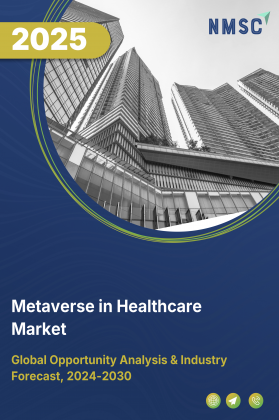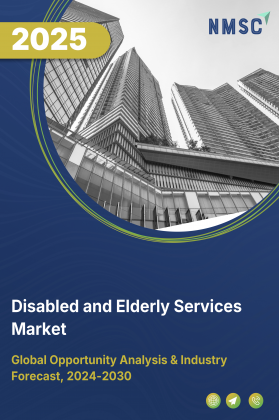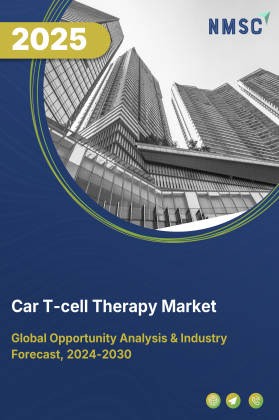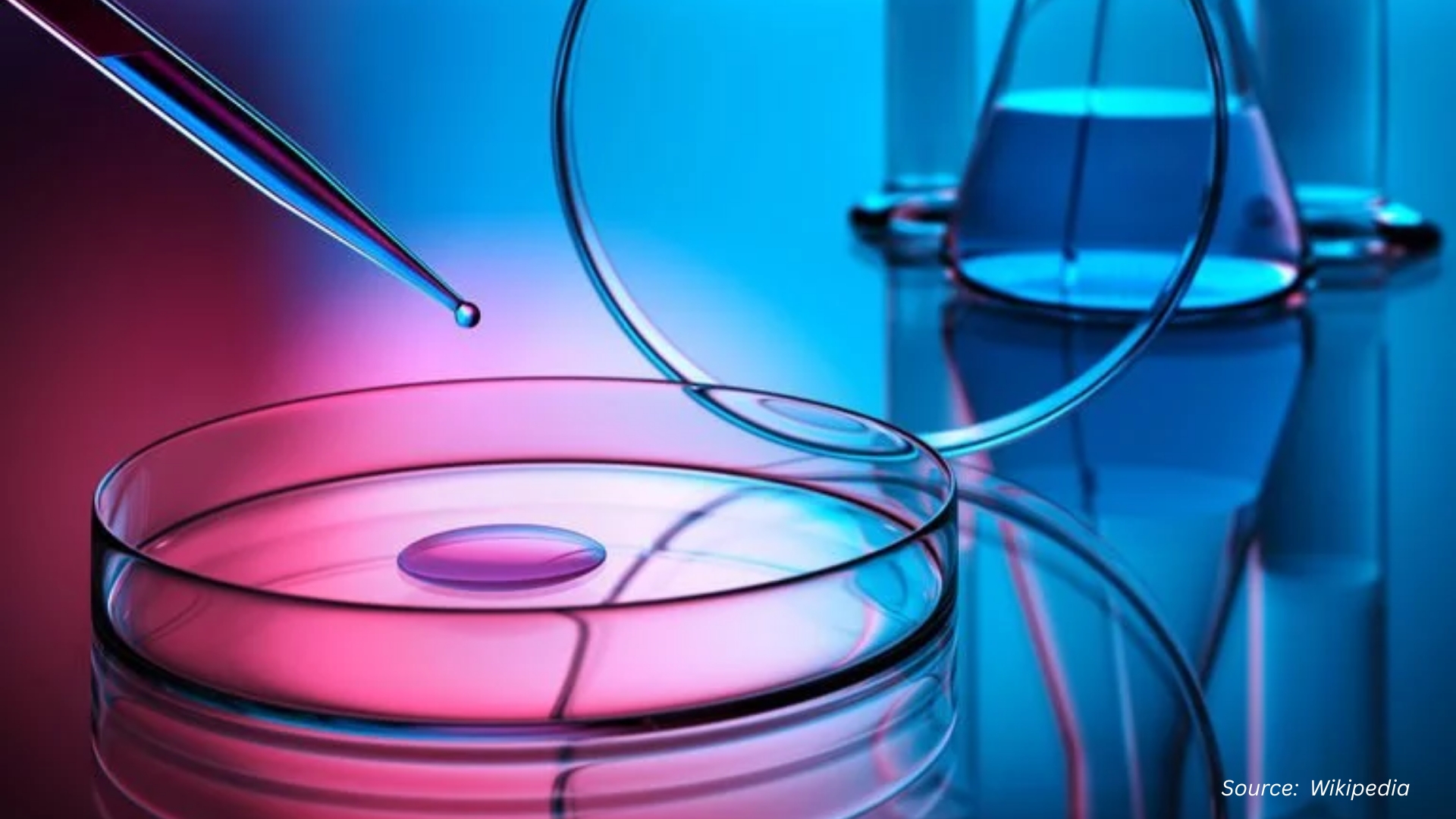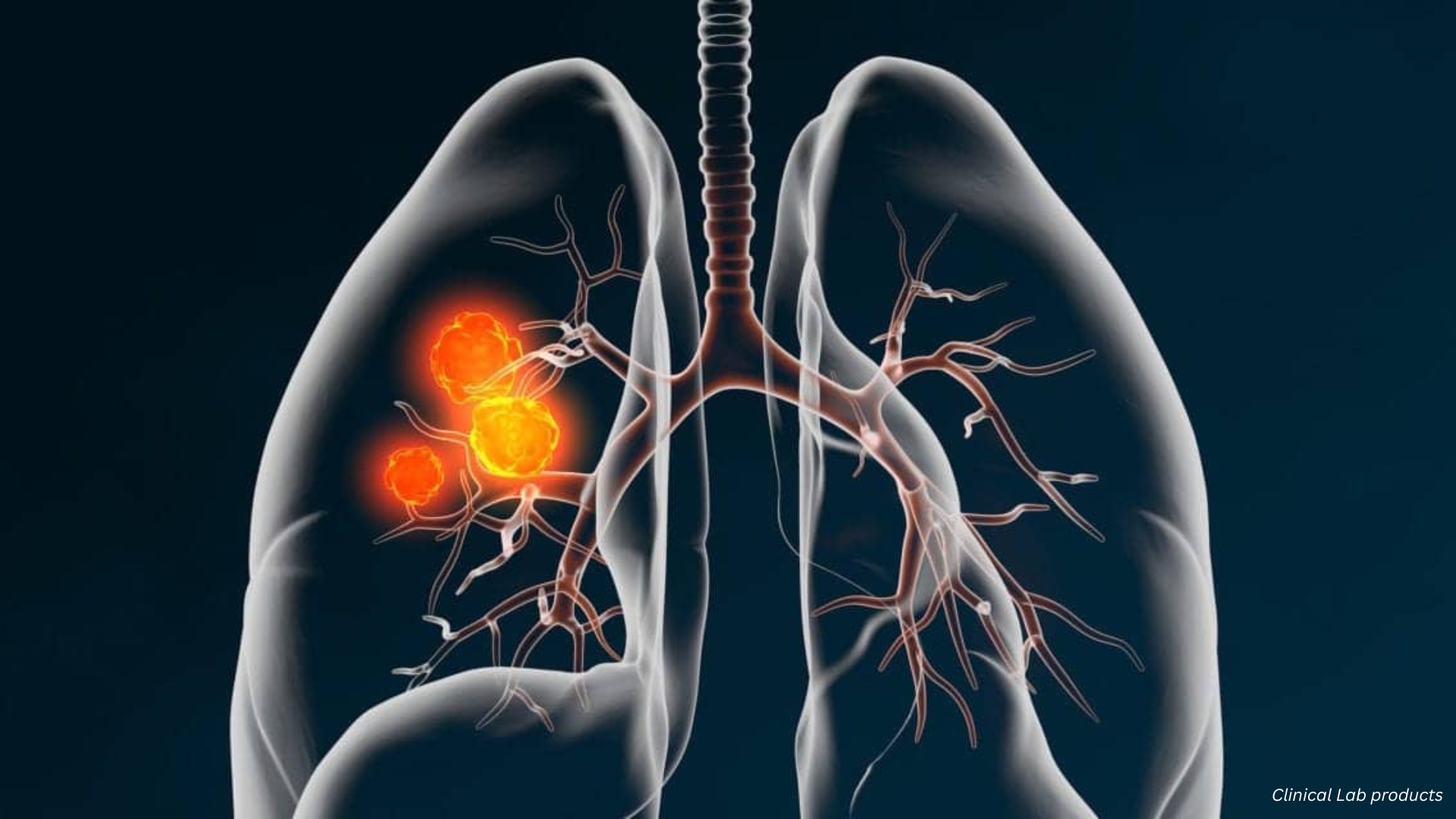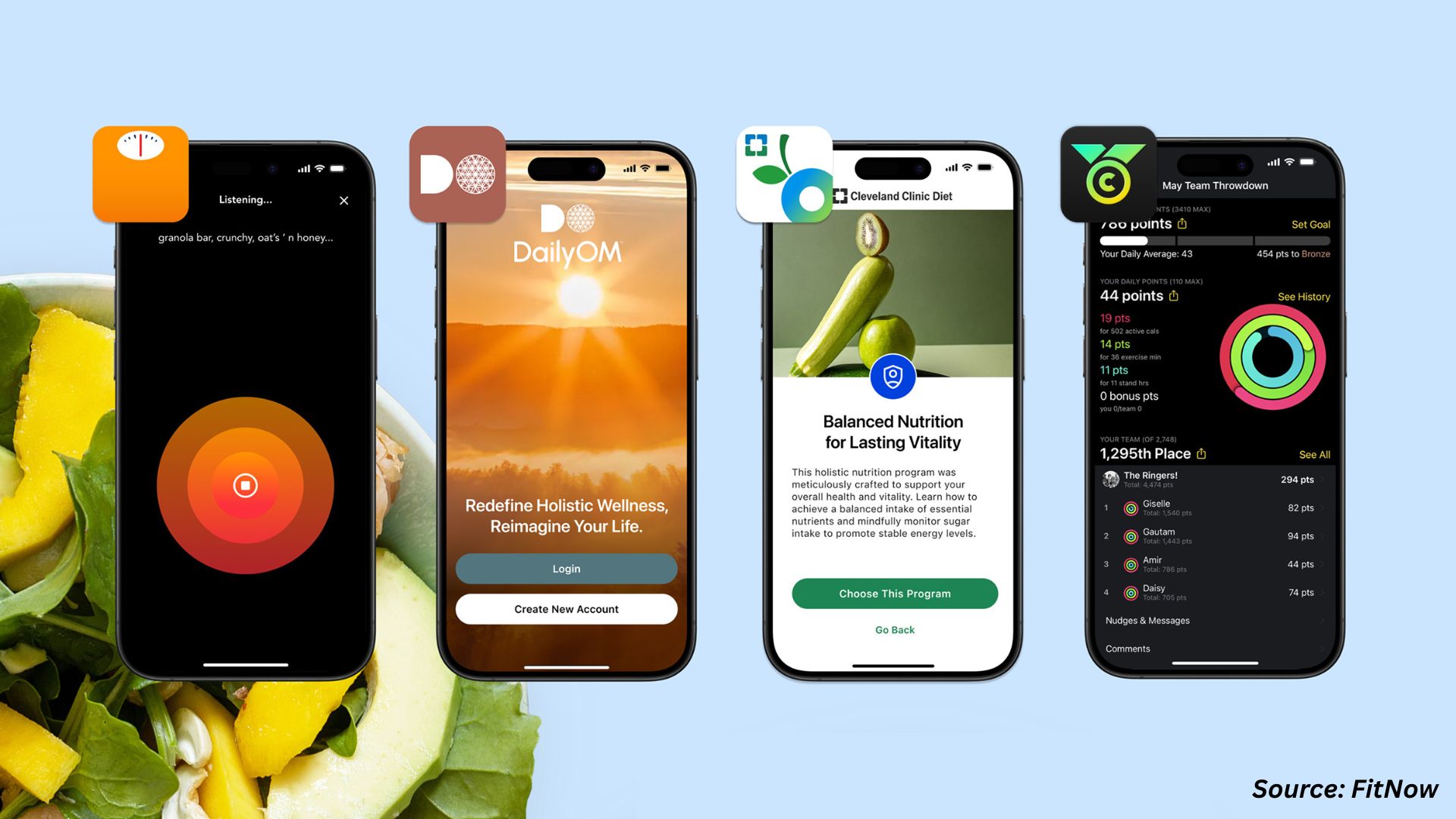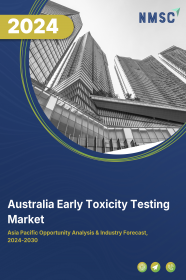
Australia Early Toxicity Testing Market by Technique (In Vivo, In Vitro and In Silico), by Toxicity Endpoint (Genotoxicity, Dermal Toxicity, Skin Toxicity, Ocular Toxicity, Phototoxicity, and Others), and by End-User (Pharmaceutical Industry, Cosmetic Industry, Chemical Industry, Food Industry, and Others) – Opportunity Analysis and Industry Forecast, 2025–2030
Industry: Healthcare | Publish Date: 02-Jun-2025 | No of Pages: 147 | No. of Tables: 112 | No. of Figures: 57 | Format: PDF | Report Code : HC754
Industry Overview
The Australia Early Toxicity Testing Market size was valued at USD 81.6 million in 2024, and is predicted to reach USD 149.9 million by 2030, at a CAGR of 10.6% from 2025 to 2030. The factors, such as growing investment in biomedical and clinical sciences along with increasing government initiatives, accelerate the market growth. However, the high cost associated with early toxicity testing poses a significant challenge to the growth of the early toxicity testing industry in Australia.
On the contrary, integration of 3D cell culture offers a promising future for market growth by improving the accuracy and dependability of toxicity testing results, which is expected to enhance the market expansion in the forthcoming years. Moreover, the key players such as Merck KGaA, Medpace, Thermo Fisher Scientific, Charles River Laboratories International, Inc., Eurofins Scientific, and others are taking various initiatives such as product launches and collaboration across various countries and regions to maintain their competitive position in the market.
These initiatives are expected to drive the adoption of the early toxicity testing market in Australia, enabling quicker identification of safety issues. With advancements in 3D cell culture, the scope of clinical trial risks reduces, ensuring product safety and regulatory compliance while offering benefits such as reduced late-stage risks, cost reductions, and fewer ethical concerns due to non-animal testing methods, ultimately accelerating the market for further growth.
Growing Investments in Biomedical and Clinical Sciences Fuel the Growth of the Market
The increase in investment in biomedical and clinical sciences in the country is a major driver for the Australia early toxicity testing market growth. Pharmaceutical companies across the country are supported with monetary benefits that enable them to adopt advanced technologies. This increase in healthcare spending facilitates the development and implementation of improved testing solutions across the pharmaceutical sector. With stronger financial backing, companies can integrate more efficient testing technologies that accelerate the drug development process and ensure better safety evaluations. These dynamic fosters the widespread adoption of drug safety assessment methods, ultimately propelling the industry expansion.
Increasing Government Initiatives Drive the Australia Early Toxicity Testing Market Demand
The growing investments made by the government to strengthen the healthcare system act as a key driver for the early toxicity testing market in Australia. Government funding in research and development helps advance the development of new medications and medical technologies aimed at improving public health. Newly developed drugs require advanced toxicity testing methods to identify harmful substances early in the development cycle. These methods help enhance drug safety and efficacy while reducing both development time and costs.
In countries such as Australia, initiatives like the Medical Research Future Fund (MRFF) and the National Health and Medical Research Council (NHMRC) offer substantial support for medical innovation and clinical trials. These programs enable the creation of new treatments, technologies, and therapeutic interventions aimed at improving patient outcomes. The increasing government involvement in advancing the medical sector further strengthens the market.
The High Cost of Early Toxicity Testing Limits Market Expansion
The substantial expenses involved in cytotoxicity testing present a major obstacle to the Australia early toxicity testing market expansion. These costs include investments in advanced equipment, cutting-edge technologies, and highly skilled personnel, making it difficult for smaller enterprises and companies in developing regions to adopt such methods. As a result, many businesses continue to depend on traditional, lower-cost testing techniques that are less efficient and less ethical. This reliance on outdated testing practices delays the adoption of modern and more accurate toxicity testing solutions. The financial burden created by these high costs limits access to improved safety testing across various industries, ultimately restraining the market’s potential expansion.
Rise of New Technologies is Expected to Create Future Opportunities for the Market
The rise of new technologies such as 3D cell culture-based in vitro testing is expected to create promising opportunities for the Australia early toxicity testing market trends in the future. These models offer a more accurate representation of human tissue and organ structures, leading to more precise and reliable toxicity assessments. Unlike traditional 2D models, 3D cell cultures allow for the growth and interaction of multiple cell types, better reflecting human physiological conditions. This improvement significantly enhances the predictability of toxic effects and helps reduce risks in clinical trials.
As these technologies continue to evolve, their integration into toxicity testing is expected to support safer and more cost-effective drug development, while also aligning with ethical considerations by reducing the reliance on animal testing. These factors are anticipated to drive the long-term growth of the market.
Competitive Landscape
The promising players operating in the Australia early toxicity testing industry include Merck KGaA, Medpace, Thermo Fisher Scientific, Charles River Laboratories International, Inc., Eurofins Scientific, PerkinElmer, Inc., Bio-Rad Laboratories, Inc., Agilent Technologies, Inc., RayBiotech, Inc., Eli Lilly Australia, Hangzhou Singclean Medical Products Co., Ltd., ICON plc, Veeda Clinical Research, Premier Research, Linical Co. Meditrial, and others.
Australia Early Toxicity Testing Market Key Segments
By Technique
-
In Vivo
-
In Vitro
-
Cell Culture
-
PCR
-
ELISA
-
Western Blotting
-
Protein Binding Assays
-
-
In Silico
By Toxicity Endpoint
-
Genotoxicity
-
Dermal Toxicity
-
Skin Toxicity
-
Ocular Toxicity
-
Phototoxicity
-
Others
By End-User
-
Pharmaceutical Industry
-
Cosmetic Industry
-
Chemical Industry
-
Food Industry
-
Others
Key Players
-
Merck KGaA
-
Medpace
-
Thermo Fisher Scientific
-
Charles River Laboratories International, Inc.
-
Eurofins Scientific
-
PerkinElmer, Inc.
-
Bio-Rad Laboratories, Inc.
-
Agilent Technologies, Inc.
-
RayBiotech, Inc.
-
Eli Lilly Australia
-
Hangzhou Singclean Medical Products Co., Ltd.
-
ICON plc
-
Veeda Clinical Research
-
Premier Research
-
Linical Co. Meditrial
REPORT SCOPE AND SEGMENTATION:
|
Parameters |
Details |
|
Market Size Value in 2024 |
USD 81.6 million |
|
Revenue Forecast in 2030 |
USD 149.9 million |
|
Value Growth Rate |
CAGR of 10.6% from 2025 to 2030 |
|
Analysis Period |
2024–2030 |
|
Base Year Considered |
2024 |
|
Forecast Period |
2025–2030 |
|
Market Size Estimation |
Million (USD) |
|
Growth Factors |
|
|
Companies Profiled |
15 |
|
Market Share |
Available for 10 companies |
|
Customization Scope |
Free customization (equivalent to up to 80 working hours of analysts) after purchase. Addition or alteration to the country, regional, and segment scope. |
|
Pricing and Purchase Options |
Avail customized purchase options to meet your exact research needs. |




















 Speak to Our Analyst
Speak to Our Analyst



